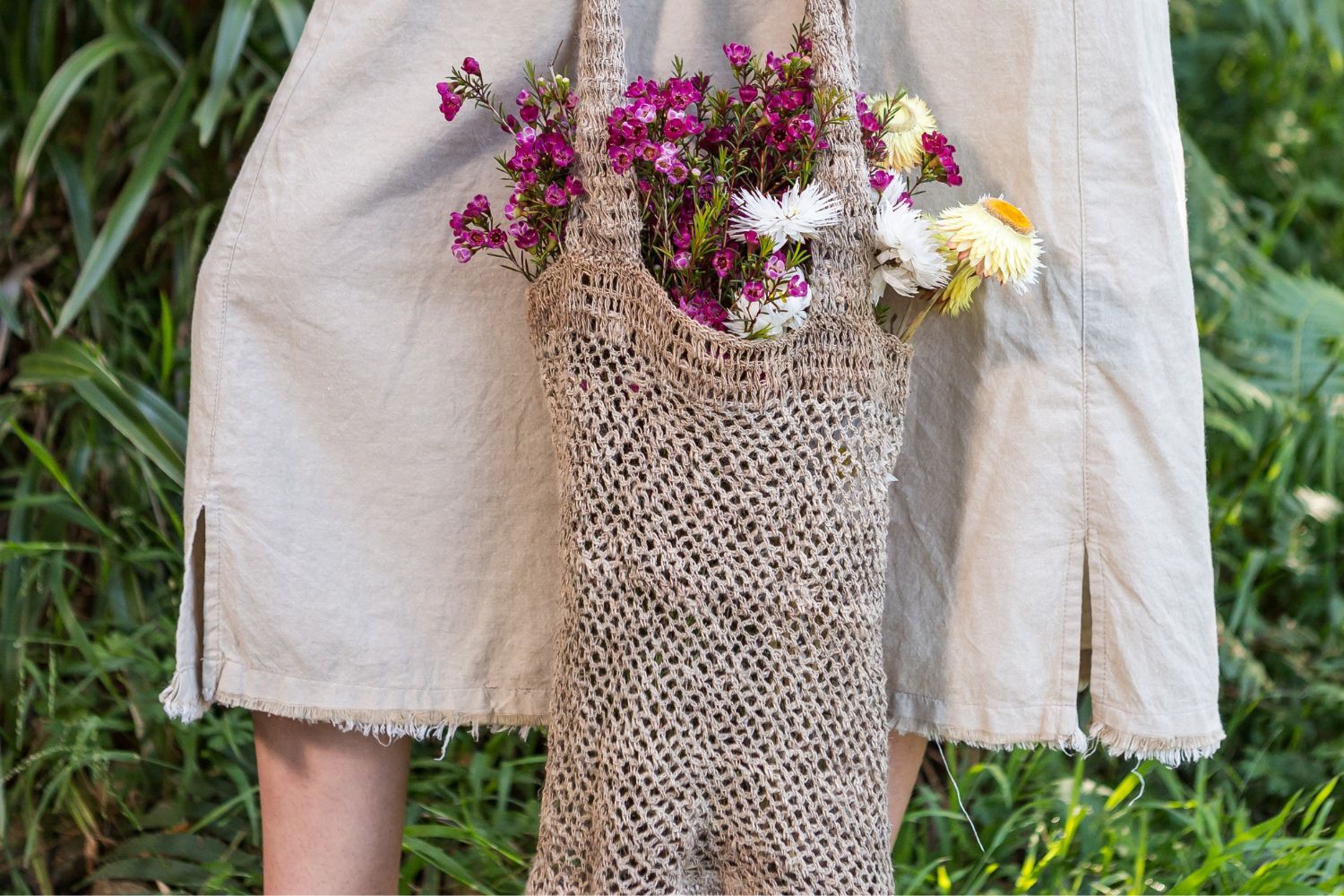
On our first trip to Nepal in 2008, we asked a Nepali friend what made a great dhal bhat in his opinion, and his answer surprised us. With no thought or hesitation, he replied straight away, 'the rice'. And that was that.
There was no mention of the consistency of the dhal (lentil soup), the amount of curry in the vegetables, whether or not there was a meat dish included (as it is very rare in Nepali villages), or even the amount of wilt the spinach was allowed to reach. We were surprised because for us, each night we would try a different kitchen and rate the meal according to our tastes, and not once did we talk about the rice.
We do now though, because when we're in Nepal we eat Nepali style - with the hands. You then quickly understand why the rice is so important. It needs to be cooked to just that perfect moment where it's sticky but not gluggy, where you can pick up a small mouthful and it doesn't fall apart in your hands and leave you looking like that Westerner who has no idea what they're doing! Especially when the rest of the jam-packed restaurant is slinging it in as if they've done it twice a day for their entire life!


At around 10.00am, everything just stops in Nepal. It's time for the morning dhal bhat (literally meaning lentils and rice), and everyone grabs their plate and eats their fill of what will keep them going until the nightly meal. Which will be ... and, you guessed it - dhal bhat.
While this might sound monotonous to those of us who spend hours creating new and exciting dishes for our families (or ourselves) each week, it's surprisingly not. Each meal time becomes an event, as you wash your hands, prepare your dishes just the way you want them on your plate, pour the dhal over the lot and dig in! Conversation halts as the delicious, familiar flavours and fragrances are absorbed. Comfort food at it's absolute best.
The dhal bhat that we prefer (which is the style most people eat in Nepal) is a vegetarian meal. You get every single thing your body needs - and twice a day no less. It can / could be a vegan meal, except for the curd which is eaten at the end of the meal - and what an amazing little last dish that is! After you take in all that amazing protein, complex carbohydrates, vitamins and minerals, you then ingest a probiotic which also aids in digestion!
Nepal, we are in awe!!
Oh, and did we mention that if you make it at home yourself, it will cost you around AU $20 for your entire family for two nights dinner?!
I've included below the recipes for versions of our favourite dhal bhat dishes that we make at home. You can make larger amounts of both the dhal, and the vege curry and reheat them each night. All of the dishes below are served together with the rice of your choice - cooked to perfection of course (and please remember, forks are optional!)
DHAL

Ingredients
1.5 cups of lentils, washed and drained
3 - 8 cups of water (depending of the consistency you like - we use 8)
1 head of garlic, chopped
1 cup onions, finely sliced
2 chillies (if you can tolerate spice)
1 heaped tsp salt
1 heaped tsp turmeric
1 heaped tsp cumin seed
oil
Method
Combine water, lentils, oil, salt, and turmeric and simmer covered for for 20 - 30 mins (or until the lentils look like porridge).
Separately in a frying pan, heat oil and add garlic, onion, and chilli until golden brown. Add to the finished dhal and salt to taste. Serve.
SAAG (wilted spinach)

Ingredients
Half a bunch of silverbeet (if you prefer spinach, then 300 grams chopped roughly)
1 head garlic (finely sliced)
oil
1 heaped tsp cumin seed, ground
1 heaped tsp curry powder
1 heaped tsp salt
1 heaped tsp white pepper
Method
In a frying pan, fry oil, garlic, and cumin seed. On browning, add spinach, salt, curry powder and pepper. Cook until spinach is tender. Serve.
VEGETABLE CURRY

Ingredients
1 potato, chopped and par boiled
1 cup peas, defrosted
1 cup cauliflower, chopped and steamed
2 onions, very finely chopped
1 head garlic, finely sliced
5 tomatoes, finely diced
1 chilli, chopped (if tolerated)
oil
1 cup water
1 heaped tsp garam masala
1 heaped tsp cumin powder
1 heaped tsp turmeric
1 heaped tsp curry powder
1 heaped tsp salt
Method
In a fry pan under medium heat, fry oil, garlic, onion and chilli until golden brown. Add cumin, turmeric, garam masala, water, salt, curry powder and tomatoes. Heat until the liquid has a lovely light soup like consistency. Add cooked vegetables and heat.
Serve with a sprinkling of sesame seeds.
MUTTER PANEER (peas and paneer)
my favourite!

Ingredients
2 cups paneer, cubed
oil
1 cup onions, finely sliced
1 tbls ginger, finely minced
1 tbls garlic, finely minced
2 tsp coriander, ground
1 tsp cumin, ground
1 tsp salt
1/2 tsp turmeric powder
1/2 tsp cayenne pepper, ground (if tolerated)
1 cup tomatoes, diced (with juice)
1/2 cup water
1 1/2 cups peas
Method
Heat oil in a frying pan and sauté paneer (on both sides) until golden brown. Drain on paper towel and put aside for a moment.
In the same pan, heat more oil and fry the onion, ginger and garlic together until the onion is tender. Add coriander, cumin, salt, turmeric, and cayenne and heat until spices become fragrant.
Add tomatoes and leave it there for 2 - 3 minutes, constantly stirring. Bring back the paneer now, the water and peas, and bring to boil. Once bubbling, immediately reduce heat and simmer until sauce is thick and smooth.
Serve with a sprig of coriander.

Enjoy your wonderful creations, and please let us know of your favourite recipes!
Until next time,
Mel X















